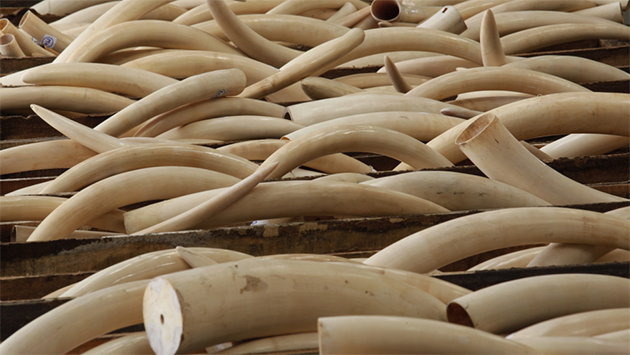Vubachikwe Mine sets an example for rebuilding worker relations

Stanford Chiwanga, [email protected]
THE recent efforts made by Vubachikwe Mine in repairing relations with its workers are commendable and serve as an important lesson for other mines facing similar challenges. The successful resolution of the conflicts between management and workers at Vubachikwe Mine demonstrates the power of effective communication, understanding and collaboration in fostering a positive work environment.
The closure of the mine due to strained relations between workers and management was undoubtedly a setback for both parties involved. However, instead of allowing this situation to deteriorate further, Vubachikwe Mine took the bold step of enlisting international experts to assess the situation and provide recommendations. This demonstrated a genuine commitment to addressing the root causes of the conflict and finding a sustainable solution.
The consultants’ findings shed light on the incompetence and short-sightedness of the previous management, who were rightfully relieved of their duties.

Vubachikwe Mine
This move marked a significant shift in the mine’s approach towards building a more productive and inclusive work environment. By acknowledging their shortcomings and taking responsibility for past mistakes, Vubachikwe Mine set the stage for repairing the trust that had been eroded between management and workers.
One of the key factors contributing to the success of this endeavour was the establishment of a common understanding between the workers, their representatives and the new management led by mine manager None Kananji.
By involving legitimate worker representatives in negotiations and decision-making processes, Vubachikwe Mine ensured that the interests of both parties were considered and addressed. This inclusive approach fostered an atmosphere of mutual respect and co-operation, paving the way for a brighter future.
It is worth noting that the path to reconciliation was not without its challenges. Issues surrounding the legitimacy of worker representatives caused delays in the negotiation process. However, Vubachikwe Mine’s commitment to resolving these issues and moving forward is commendable. Their perseverance in overcoming obstacles demonstrates their dedication to achieving a fair and balanced agreement that benefits all stakeholders.
The improved state of relations between management and workers at Vubachikwe Mine serves as an inspiration to other mines facing similar labour challenges. By prioritising open dialogue, respect, and the shared goal of operational success, Vubachikwe Mine has shown that it is possible to rebuild trust and foster a co-operative work environment.
Other mines can learn from Vubachikwe Mine’s approach by actively engaging in roundtable discussions with worker representatives.
By including all stakeholders in decision-making processes, mines can ensure that the interests of workers are properly represented and addressed.
Additionally, mines should be transparent about their intentions and goals, ensuring that workers understand the broader context and objectives of management decisions.
Moreover, investing in effective communication channels and grievance resolving mechanisms can help mines address and resolve conflicts in a timely manner. Regularly engaging in constructive dialogue, providing opportunities for feedback, and addressing worker concerns promptly are essential for maintaining positive worker relations.
The case of Vubachikwe Mine demonstrates that repairing worker relations is not only possible but also crucial for the long-term success and sustainability of mining operations.
By embracing the principles of transparency, fairness, and collaboration, mines can create a work environment where both workers and management thrive. — @plainstan












Comments